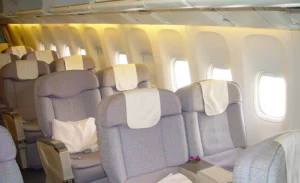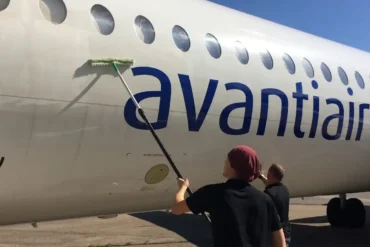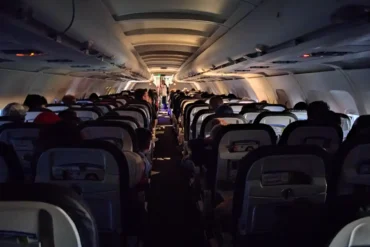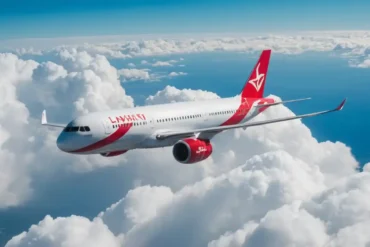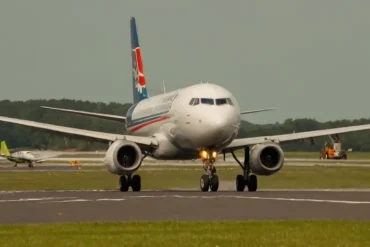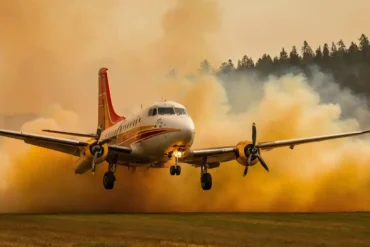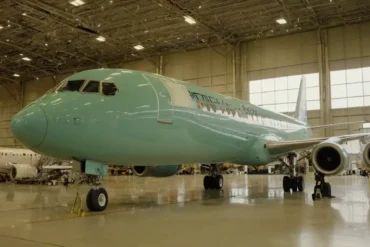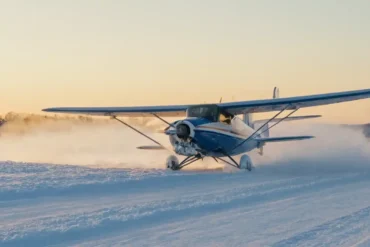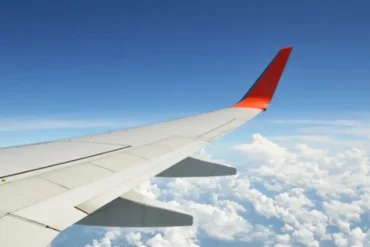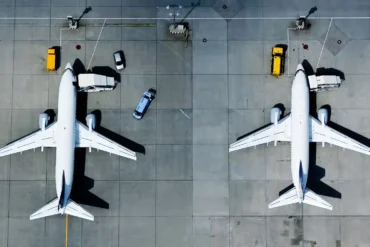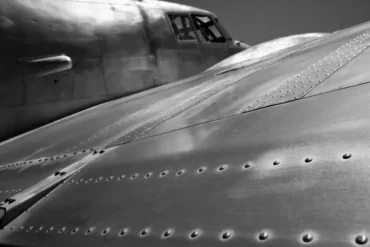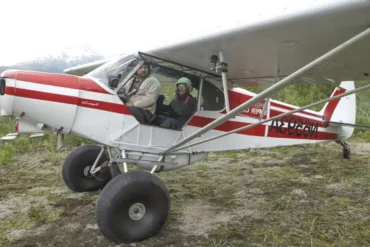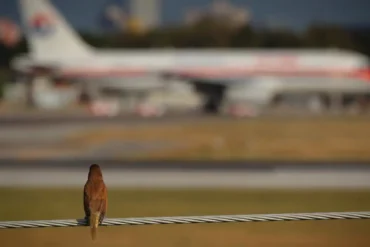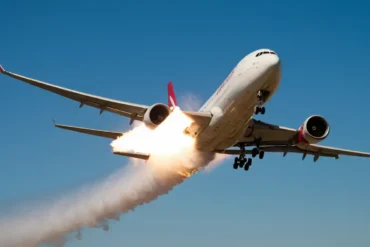Flying in an airplane can be scary, especially nowadays. Being cooped up with hundreds of strangers for hours sounds like the perfect place to catch something! But actually, planes are one of the cleanest places around. Here’s why.
How Air Circulates on the Aircraft
It’s a common myth that the air inside an airplane just recirculates forever. But the truth is, cabin air gets constantly replaced. About half the air is pumped outside, mixed with fresh air, and then returned to the cabin.
This cycle happens 20-30 times every hour – that’s as often as the air changes at an open bus stop on a windy day!
Cleaner Air Than You’d Think
Before returning to the cabin, the aircraft air passes through HEPA filters, the same kind used in hospital operating rooms. HEPA filters remove 85-99.9% of bacteria, viruses and other germs, depending on the model.
With current health concerns, many airlines now use “hospital-grade” HEPA filters – these filter out 99.995% of tiny particles. That’s why the International Air Transport Association says:
“The risk of catching something on a plane is typically lower than in a mall or office.”
Cabin Air Flows Up and Down, Not Side to Side
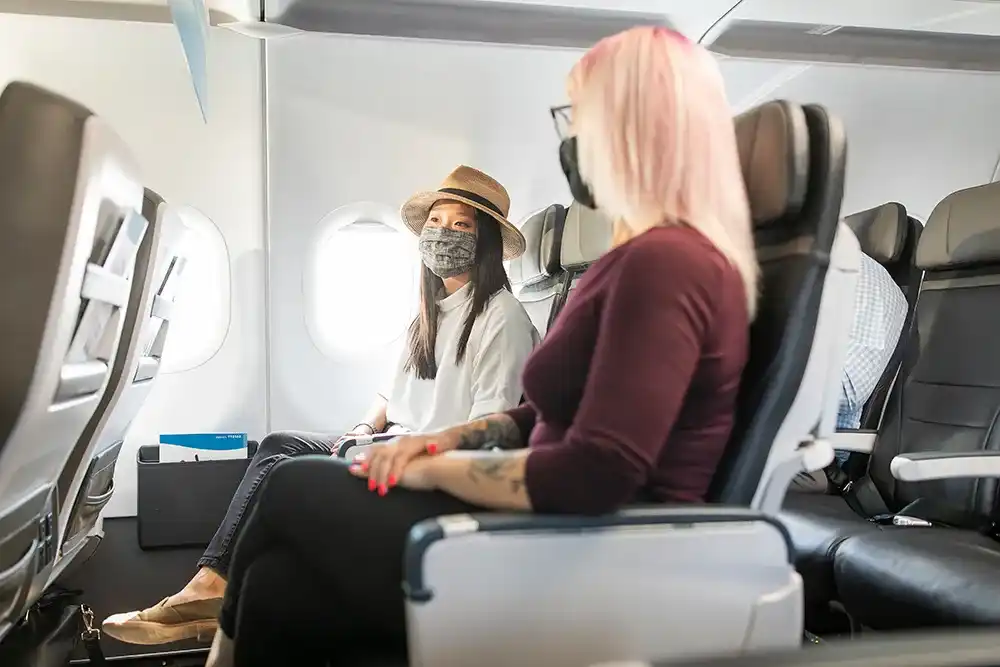
Next time you fly, check out those vents by your feet – they play an important role! Cabin air gets sucked out through those floor vents first.
The air mixes with fresh, filtered air, then re-enters through the vents above your head. Those adjustable “gasper” vents circulate things even more. There are extra vents behind the luggage bins too.
This top-down airflow creates a curtain, limiting air mixing between rows. Unlike an office, air doesn’t circulate out to the sides as much. So it’s a safer environment with lower transmission risks.
Feeling Sick After Flying?
We’ve all heard stories of getting sick right after a flight. But it’s unlikely the plane itself caused it. Why the myth?
- Other travel puts you at higher risk – commuting, crowded airports, close encounters with strangers.
- Fatigue weakens immunity – lack of sleep, jet lag, red-eyes all make you prone to bugs.
- Stress and indulgences impact health – travel anxiety and vacation partying compromise the immune system.
- Illness incubation periods – colds take 2-5 days to show, viruses up to 3 weeks. You likely caught something before the flight home.
Staying Healthy in the Skies
The main air quality issue is low humidity in the cabin. At cruising altitude, humidity stays under 20% – very dry!
While some new models like the Airbus A350 regulate humidity better, most planes are dry. The result? You might feel parched and fatigued, prone to sickness.
Hydration is key – drink plenty of water. Use eye drops, nasal spray and moisturizer for relief.
The Real Culprit: Your Fellow Passengers
Being on board won’t make you ill – cabin air is clean, with rigorous cleaning between flights.
But fellow travelers pose a real threat. If someone near you carries a virus and coughs or sneezes, you could catch it. That’s why airlines enforce mask wearing – it significantly cuts this risk.
Masks don’t guarantee you won’t get sick. But if you have a virus without realizing it, they provide major protection for others. Lead by example – keep that mask on throughout the flight for everyone’s safety!
